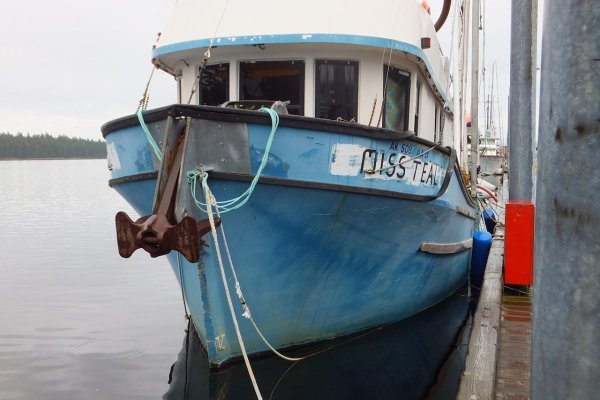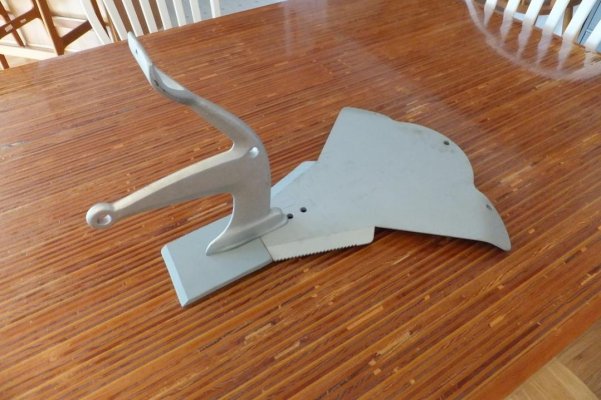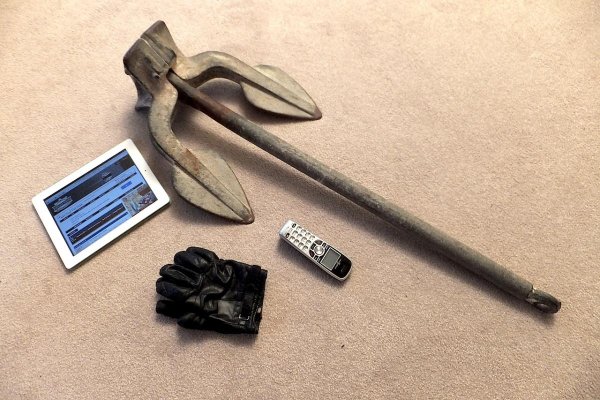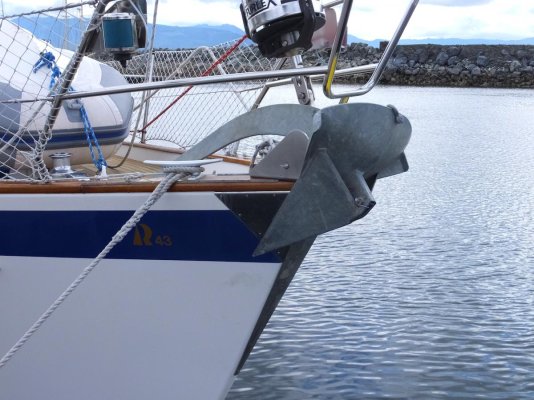Rode length to attain 7:1 [or even more scope] is great if you have "swing" room and ample rode for getting to that anchoring scope. However, for several reasons, not all anchoring locations offer that "swing" room opportunity.
On another front regarding "scope": Not all boats carry enough rode to reach 7:1 scope... unless anchoring in relatively shallow waters.
15' water depth = 105' rode
30' water depth = 210' rode
50' water depth = 350' rode
That said... most anchoring locations have relatively shallow depths, so the longer length of available rode is not too often an issue. But, the 7:1 scope "swing" room can be an issue.
I often anchor in 20' +/- depth; requiring 140' rode. Having 250' of rode makes it easy to attain 7:1 scope. What works well for us in this case is that the anchor mentioned here is a rear anchor and there is no need for "swing" room. The location of which and the manner in which we secure boat's bow is unusual; front anchor scope does not come into play.
PS: Rear anchor mentioned above is a Fortress, set up in its best mud-hold configuration. Works great!






